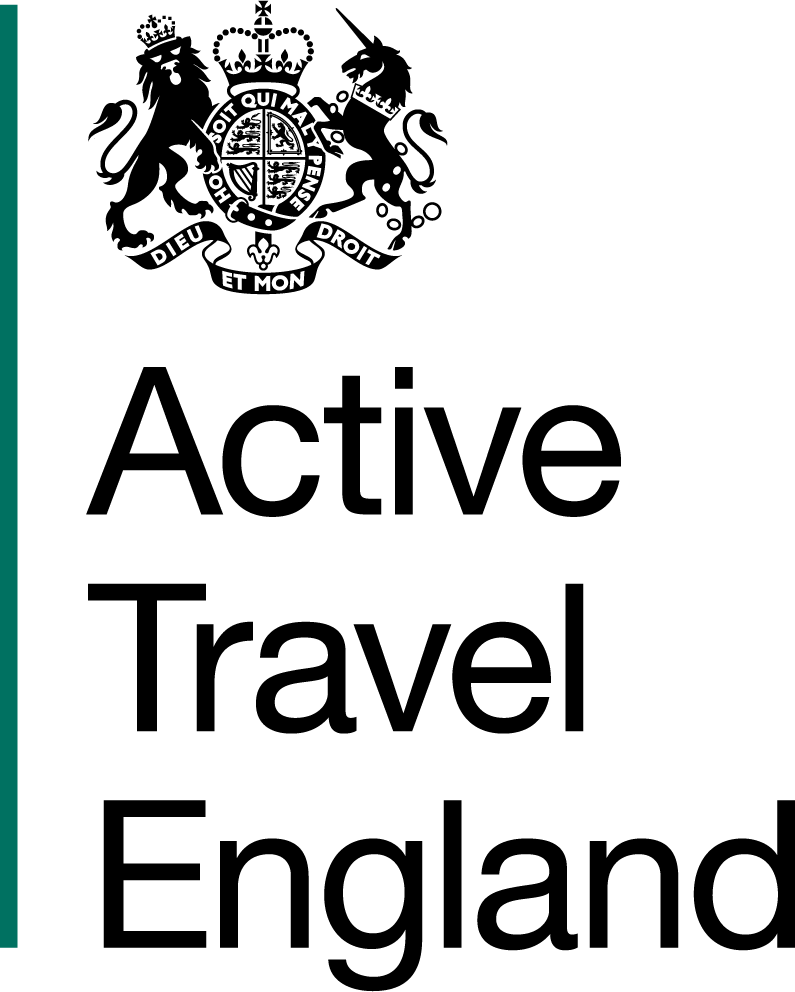You need to report all serious incidents to the Trust and your grant recipient within 72 hours. These are also reported at annual registration renewal.
For a definition of a serious incident, please see guidance from gov.uk here.
Serious incidents webinar
We also have a webinar on dealing with serious incidents. You can access the presentation slides and webinar recording using the links below.
Links to a webinar on complaints is available here.


Dealing with serious incidents
Step One
Instructor/school/other informs training provider of the incident
Step Two
Instructor completes training providers Serious Incident (SI) report form and training provider follows due process, including gaining report forms from other involved parties if deemed necessary
Step Three
Training provider conducts own investigation as needed and also informs grant recipient and Bikeability Trust within 72 hours of incident (sending through SI report form and any other relevant related documents)
Step Four
Grant recipient follows internal processes for serious incident reporting and ensures training provider has done the same
A model serious incident report form (for training providers to complete and send to Bikeability Trust within 72 hours) can be found here.
A model incident report form (for instructors to complete and pass to training provider within 24 hours for completion by Health and Safety Lead) can be found here.


Near misses
A near miss occurrence is any unplanned event that could have caused physical injury or damage to property, but didn’t – e.g. a member of the public slips on the ground on excess cycle chain lubricant applied to the cycles by the trainer, but does not fall onto the ground.
Near misses must be recorded, but do not need to be reported to the Bikeability Trust.
There are certain near misses that are reportable under RIDDOR, but there are many that are not legally required to be reported to the authorities. Since there is a legal duty to protect the health and safety of any employees and members of the public who may be affected by your work activities, you should keep an accurate record.
Understanding near misses can help you (and all your associated instructors) learn how to reduce future risks of accidents/incidents.
Near miss logs are looked at during EQA visits.



